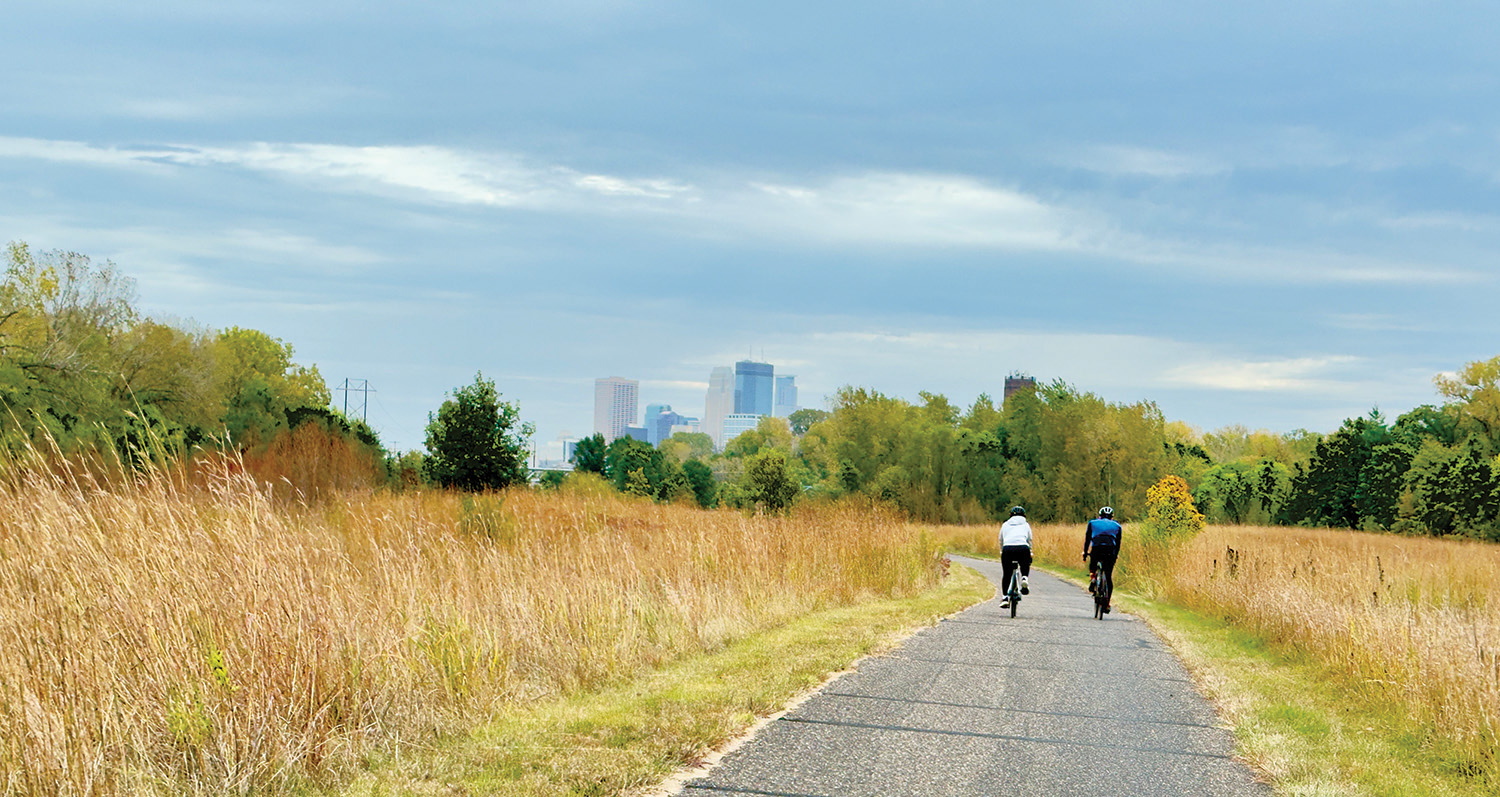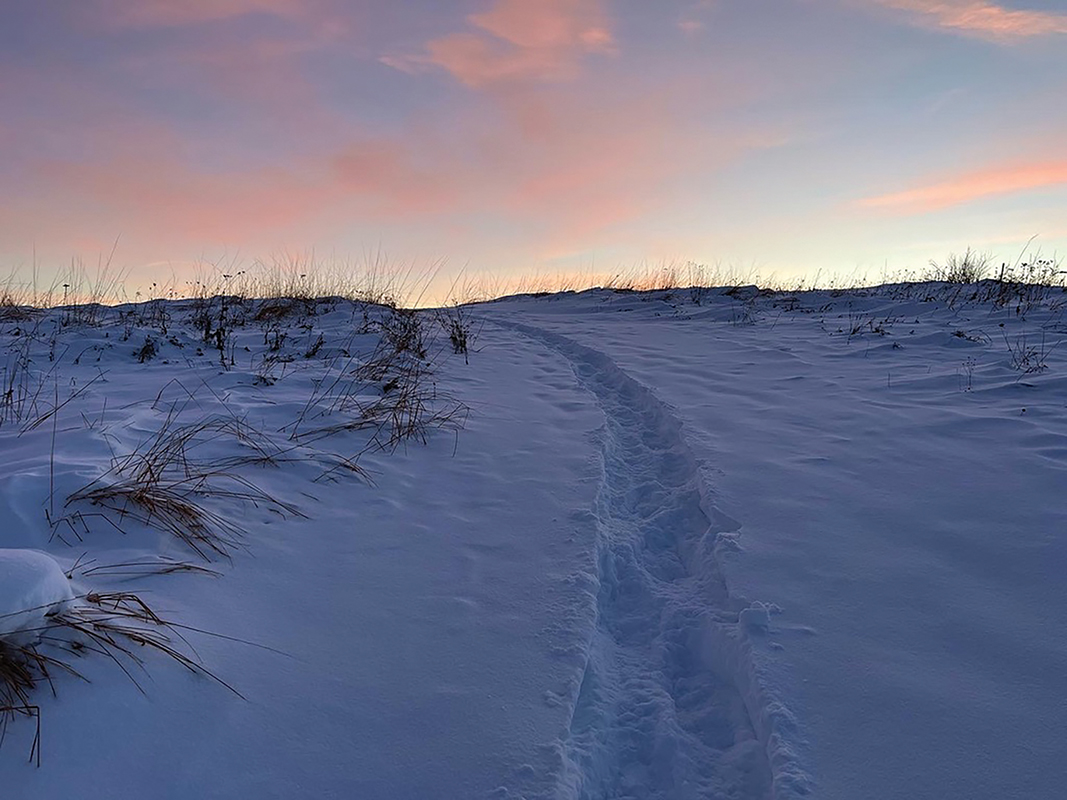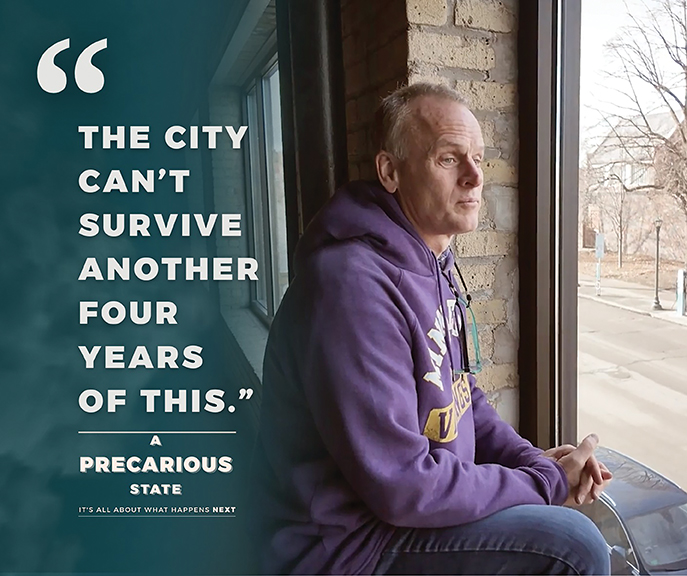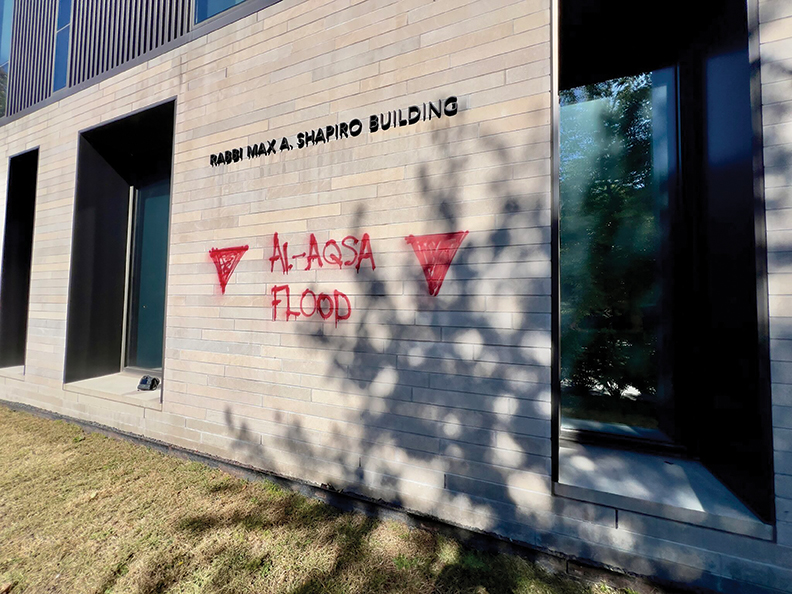On a warm spring day, Susan Lenfestey and I took at stroll along Hennepin Avenue from Douglas Avenue to 31st Street, and on Lake Street from Hennepin Avenue to East Bde Maka Ska Parkway. We wanted to see the extent of the road construction and talk to local businesses about how they are faring.
Starting at Douglas Avenue and again at Franklin Avenue, there are road signs warning southbound lanes to “expect major delays.” (An understatement.) Other signs say road open “for local traffic only.” Nowhere are there visible signs explaining how to access businesses from other streets.
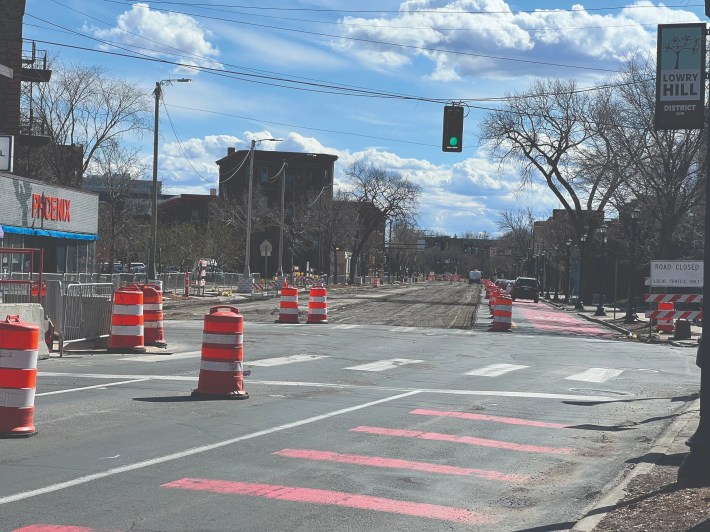
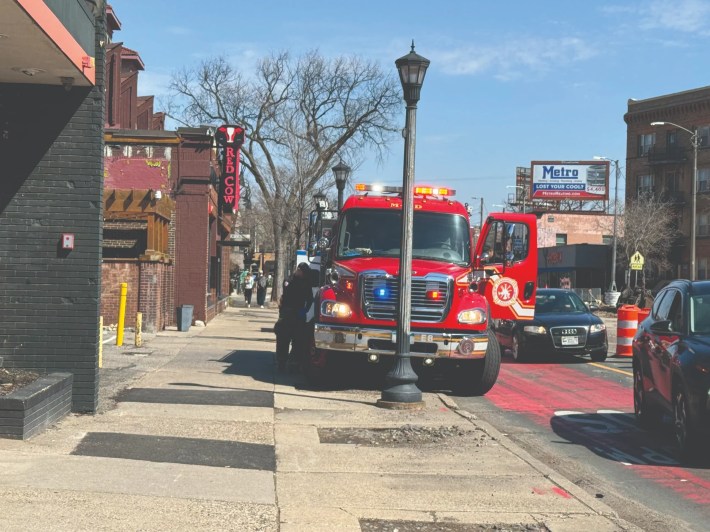
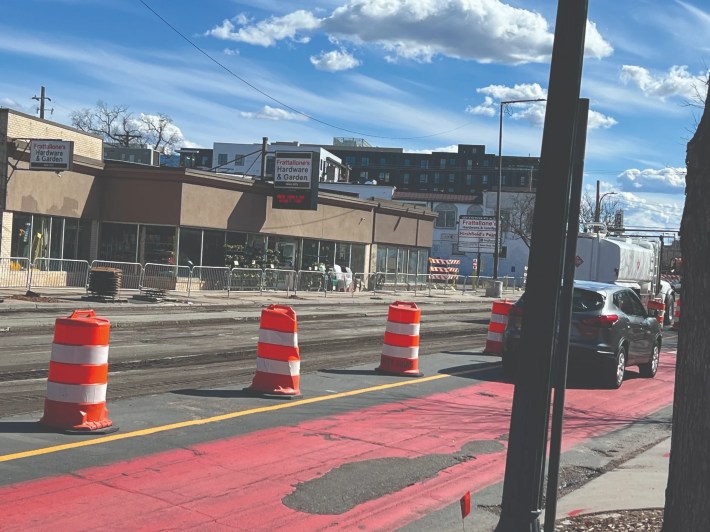
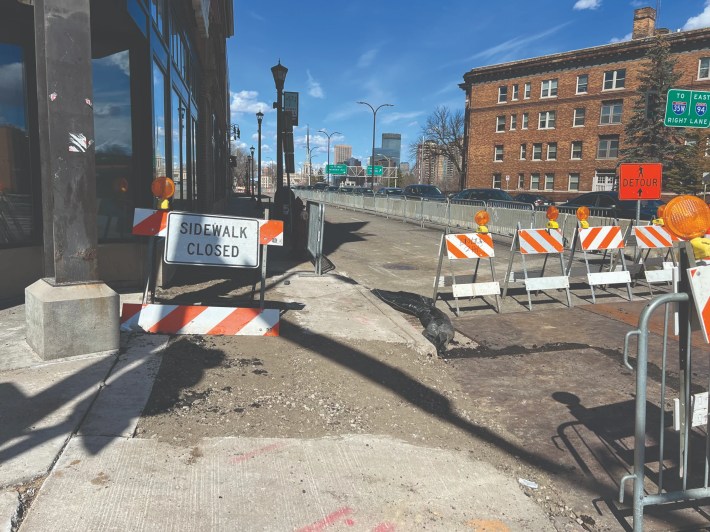

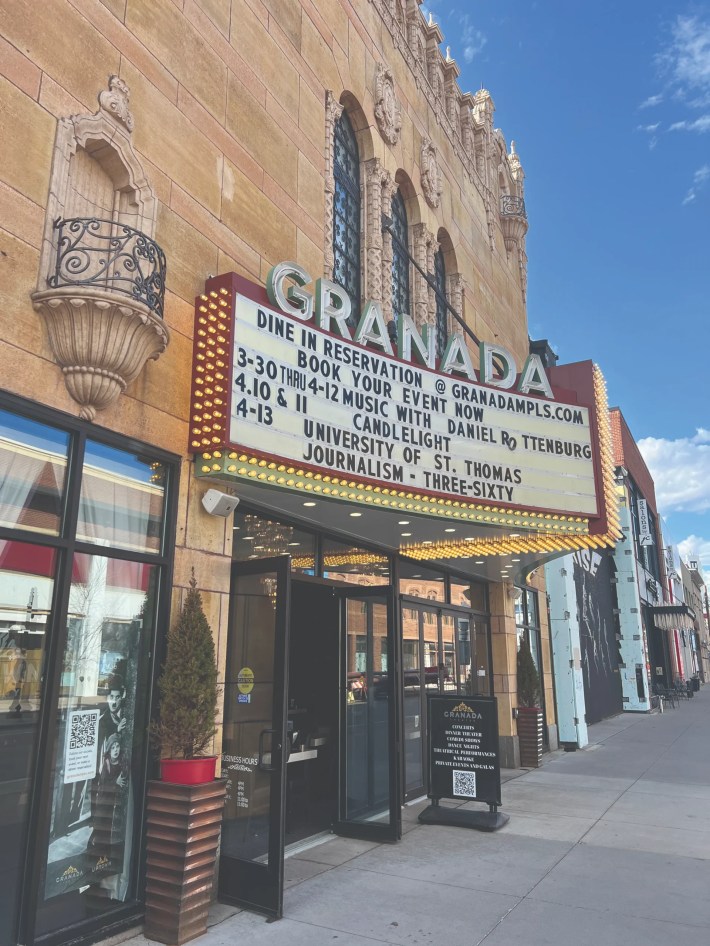
The east side of Hennepin between 26th and Lake Street is completely closed and under construction, with access limited to the far western red bus lane. Recently this presented a challenge for paramedics and firefighters who responded to an emergency at Red Cow and had to park halfway onto the sidewalk so that vehicles could squeak around the incident and avoid hitting cones. The trickle of traffic around the scene was halted when a large construction truck got stuck behind the firetruck because there wasn’t enough clearance room — it created a massive traffic jam until paramedics could leave. Apparently, the city expected no medical emergencies during the two-year construction period
Businesses on the east side of Hennepin, such as Frattallone’s Hardware & Garden, have no access to their parking lot from Hennepin. Instead, people can access it from Girard Avenue South withsome planning ahead. Sadly, despite a cheery array of spring flowers for sale in front of the store offering an oasis in the otherwise lonely corridor, the parking lot was empty.

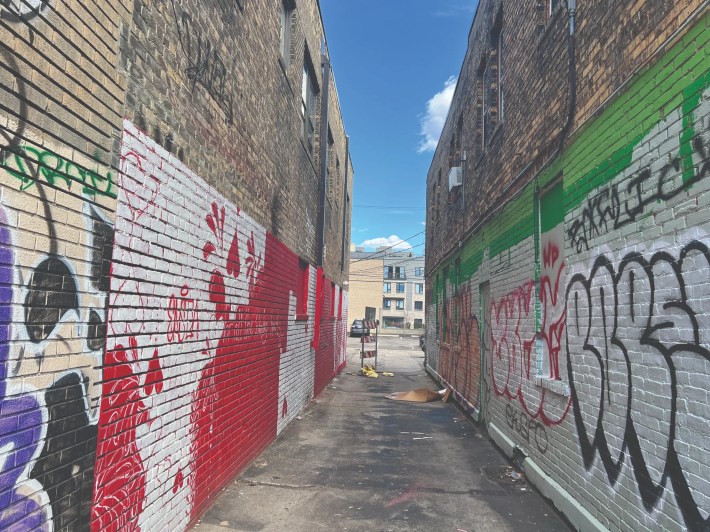
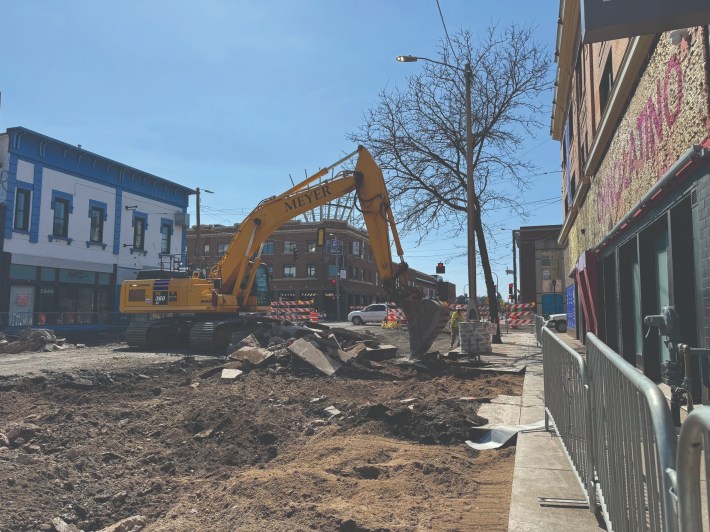
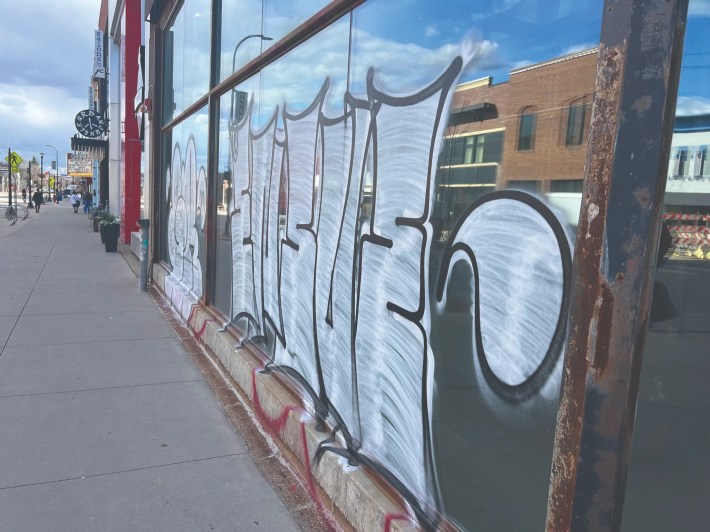
Businesses that rely on the convenience of parking to load things like hardware and landscaping supplies, groceries and dry cleaning appear to be particularly vulnerable.
In contrast, destination businesses with established clientele — like Isles Bun & Coffee, Uncommon Grounds and Combine — have loyal customers who have figured out ways to navigate through the construction zone and willing to do so for a latte, cinnamon bun or spring outfit. Other businesses, who prefer to remain unnamed, are seeing declining sales and are questioning how they will survive the two-year project
“How can the city expect businesses to be able to pay for this with all the disruption to our businesses? It’s like being forced to pay a murderer to murder you.”
In what seems like a cruel joke, Lake Street is also under construction for resurfacing and to make other “improvements,” like removing six mature linden trees in front of the Edgewater Condos for a new bus rapid transit station that will occupy half a block and will be lit all night — good for safety and transit access but a nuisance for the condominium dwellers, some of whom planted the trees when they first moved in to the building over a decade ago.
Avenue and Lake Street
Area businesses are bracing for the impact of limiting parking along the north and south side of Lake Street as dedicated bike lanes and a bus rapid transit lane are installed. A hair salon at Lake Street and Irving Avenue South has already closed. What’s particularly troubling is that this block is one of the more successful commercial nodes in Uptown.
We ended our walkabout crossing a traffic jam on Lake Street with most cars attempting to avoid Lake Street by turning onto East Bde Maka Ska Parkway, where cars were backed up as far as the eye could see. We followed this traffic along Lake of the Isles Parkway and Irving Avenue South as we meandered home. It was about 5 p.m., so nearly peak traffic.

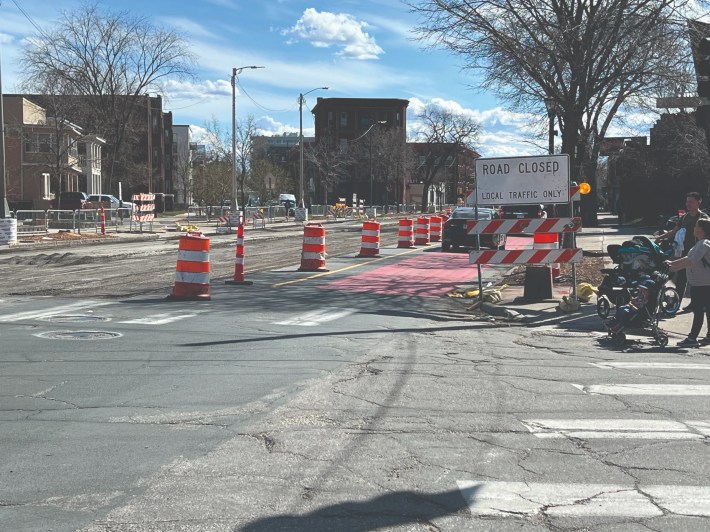
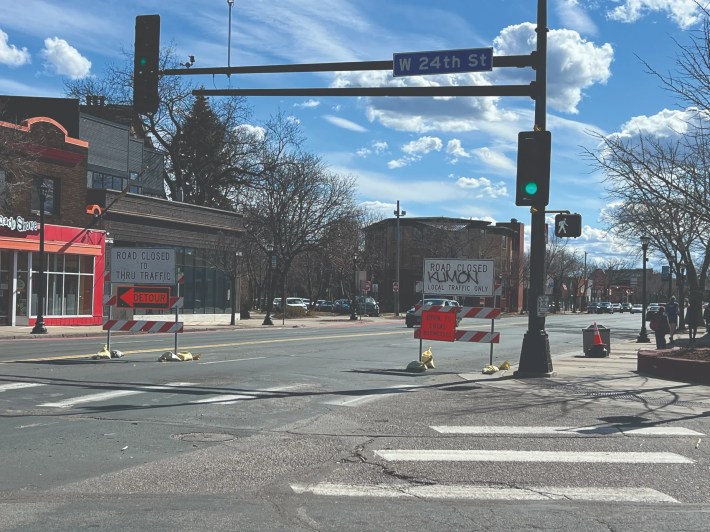


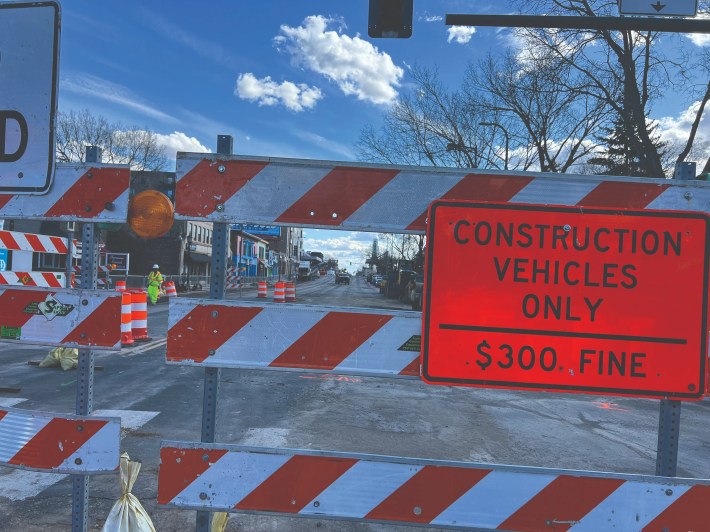
Clearly local government’s priority has been transit, not supporting businesses.
That’s why the city spent $1,124,589 on conducting a transit study for Hennepin Avenue and zero dollars ($0) on a study to create a vibrant commercial corridor. Their hope is that over time these commercial corridors will thrive due to better pedestrian, bicycle and transit access and an improved streetscape.
This was their aim for Hennepin Avenue between Lake Street and 31st Street too, and that didn’t go so well. Even former City Council President Lisa Bender, the champion of that project, admitted it didn’t turn out as hoped — yet history is repeating itself.
Area businesses see opportunity for improvements to Hennepin Avenue and accept that the street is old and needs replacement. Mumtaz Osman, owner of Osman Cleaners, clarified, “…we accept the fact that Hennepin Avenue needs to be replaced because it’s very old. We are also open to changes to improve its function and aesthetics. What we resent is how the city ignored our concerns about making businesses viable by maintaining access to parking. We have many customers who need to be able to park nearby so that they can carry their dry cleaning items easily to their vehicles, which the vast majority of our customers rely on. We will now have a large Bus Rapid Transit stop in front of our business, eliminating this parking, and blocking our storefront. The worst thing about this is that we have to pay an assessment for the ‘improvements’ that we don’t support and that may kill our business. How can the city expect businesses to be able to pay for this with all the disruption to our businesses? It’s like being forced to pay a murderer to murder you.”
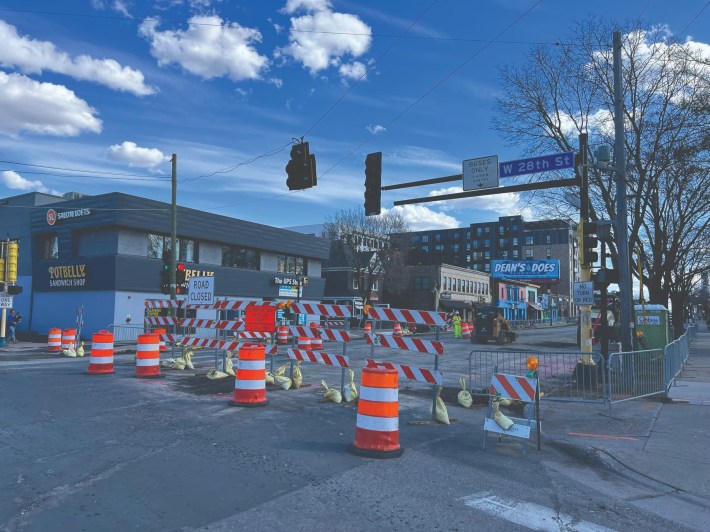
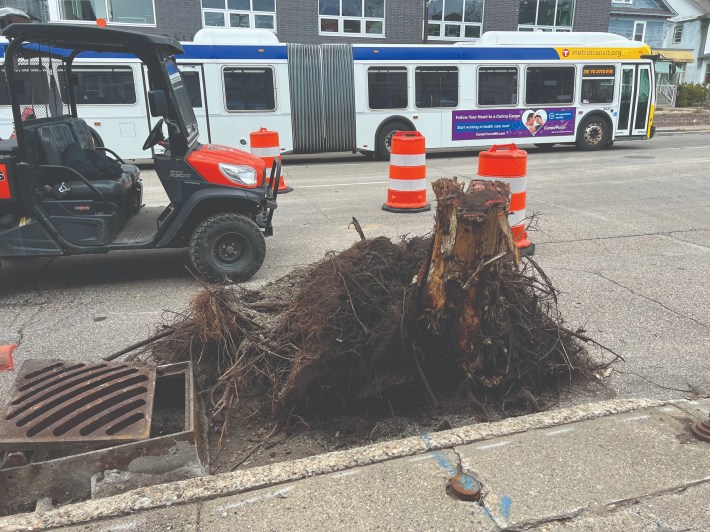
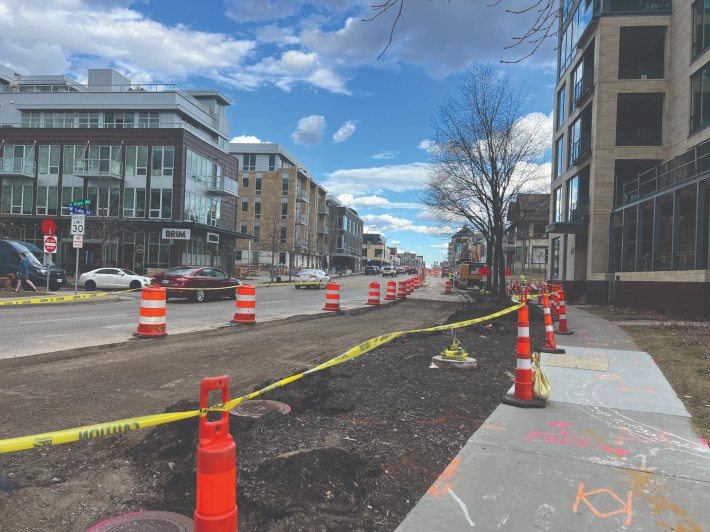
Proponents of the plan envision a future where the commercial corridor densifies, with apartments above retail that do not require offstreet parking spots, or any cars at all for that matter. This will require real estate to be redeveloped and for businesses to change. They cite climate change as a major motivator for making these bold moves and that the corridor is returning to what it once was, a precar transit strip that existed with the streetcar system long ago.
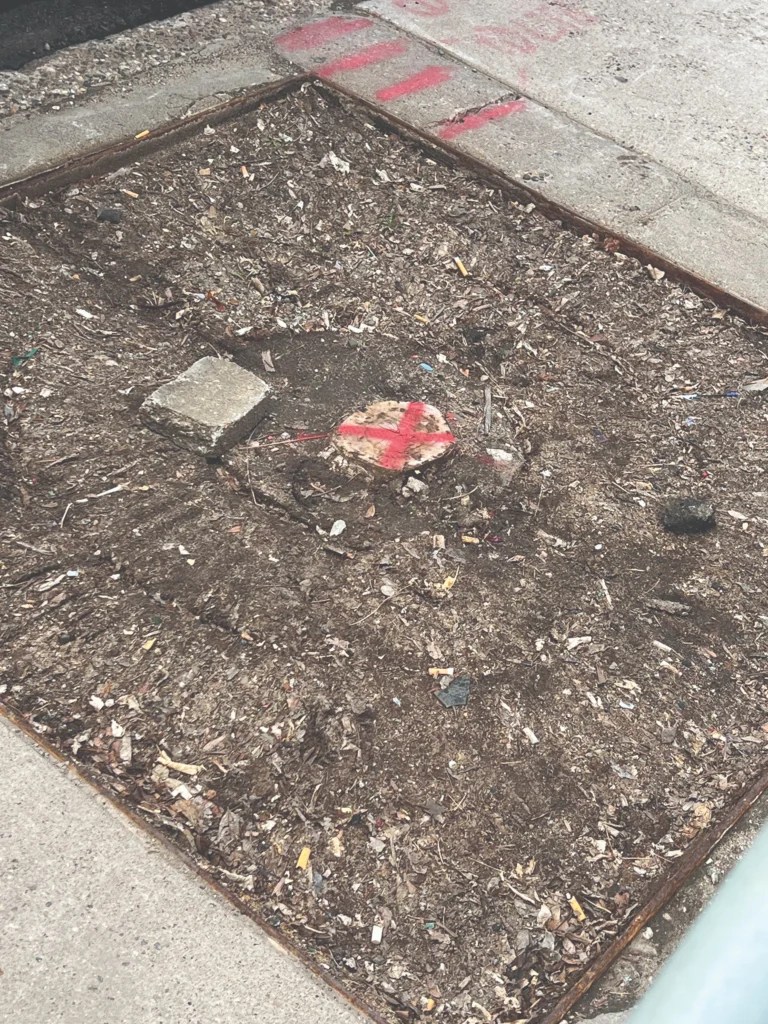
Area businesses have accepted that there is no going back at this point. Most are skeptical of the plan while some are holding out hope that the increased walkability and bikability of the corridor will support businesses. Time will tell Mark Addicks is a master gardener and lives in Lowry Hill.


